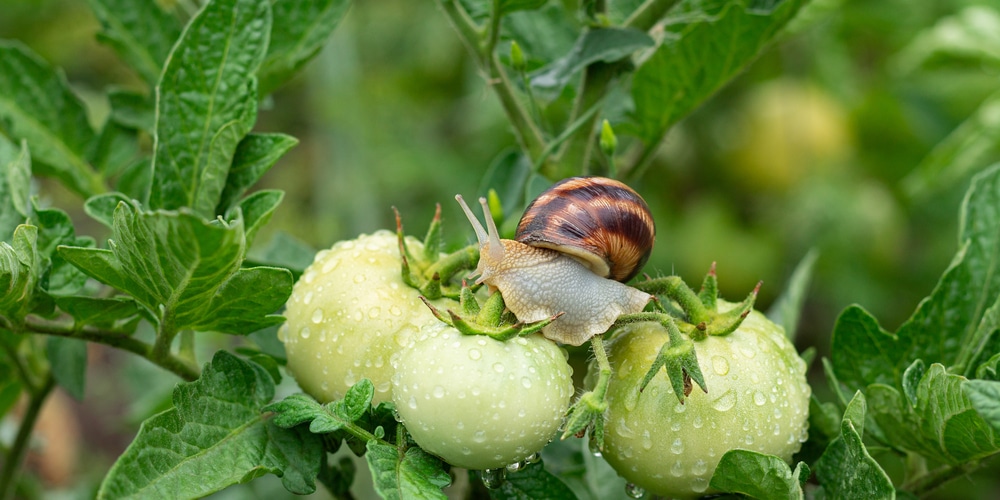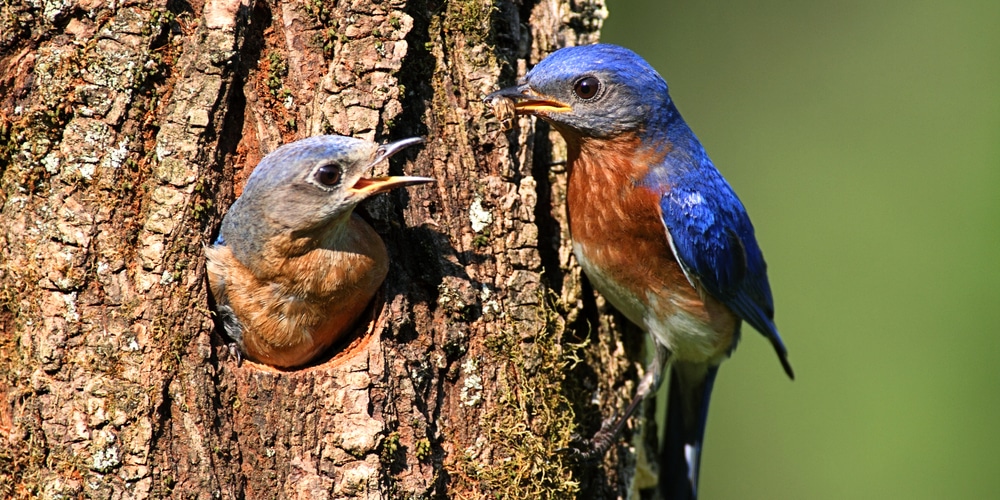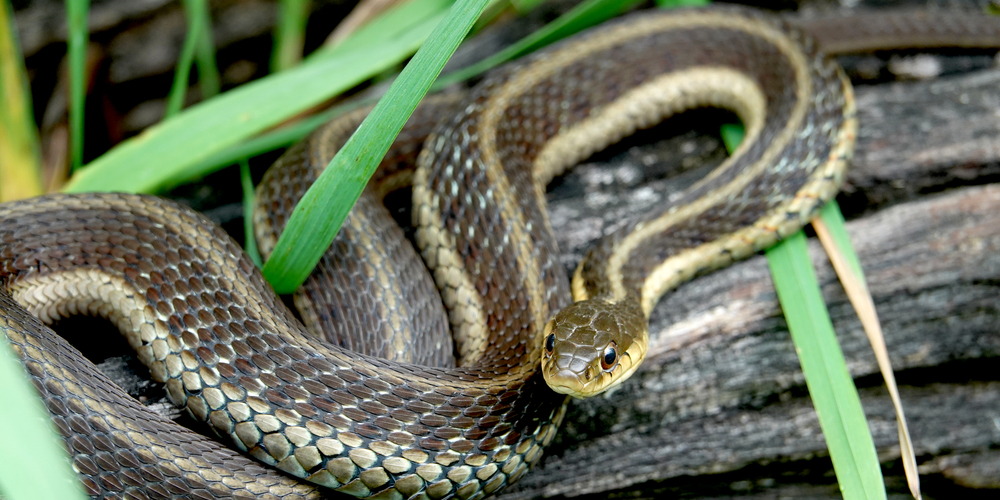Snails are small creatures that are often found in gardens and on trees. They have a soft, slimy body and a hard shell that protects them from predators.
Snails are very slow-moving and use their large, muscular foot to travel. Most snails are herbivores and eat plants, fruits, and vegetables. Snails are an essential part of the ecosystem and help break down organic matter.
Do you have snails in your garden? If so, you may be wondering what eats them. Snails are preyed upon by various predators, including birds, mammals, reptiles, and arthropods.
This blog post will discuss the different predators that eat snails and the damage they can cause to these slimy creatures!
What Eats Snails?
Snails are small, slimy creatures often seen as a nuisance in gardens. However, these creatures play an essential role in the ecosystem and are quite fascinating.
So why do we need to thin out the snail population?
The answer is quite simple: most gardens don’t have enough food to support a large number of snails. If the population isn’t kept in check, the snails will start to starve – and when that happens, they’ll start eating your plants!
So while it’s important to let nature take its course, it’s also necessary to give mother nature a helping hand now and then by keeping the snail population under control. Here is a list of predators that help to keep the snail population in check:
Birds
If you’ve ever had the misfortune of finding a snail in your garden, you may have been tempted to reach for the salt. But before you do, it’s worth considering that birds are a snail’s natural predator.
Many bird species rely on snails for a significant portion of their diet. Songbirds such as thrushes and wrens will often eat snails whole, crushing the shell with their powerful beaks. Gulls and other seabirds often drop snails onto hard surfaces to crack them open. And even some larger birds, such as owls and herons, will hunt snails.
Beetles
Beetles are one of the snail’s most common predators. Many different types of beetles hunt snails, including rove beetles, ground beetles, and click beetles. While some beetles attack and eat the snail outright, others lay their eggs on or near the snail. When the larvae hatch, they feed on the snail’s flesh, eventually killing it.
Snakes
While most snakes are carnivores, some species will occasionally eat snails. In general, snakes that eat snails are not picky eaters, consuming just about any type of snail they can find. The reason why some snakes eat snails is still a bit of a mystery, but it’s believed that the calcium in the snail’s shell helps to keep the snake’s bones healthy.
Rats And Mice
Rats and mice are common predators of snails. These rodents are attracted to the snail’s soft, slimy body and will often eat them whole. While most rats and mice prefer to eat other animals, they will turn to snails when other food is scarce.
Toads
Toads are often seen as pests but can help control snail populations. This is because toads are natural predators of snails. Toads will eat both adult snails and snail eggs, which helps to reduce the number of snails in an area. In addition, toads will also eat other small creatures, such as insects and spiders. This makes them an essential part of the food chain and helps to keep populations of these creatures in check.
Salamanders
These small amphibians are adept at hunting snails, and their diet consists mainly of these slimy invertebrates. While salamanders will consume other food sources if necessary, they prefer the taste of snails.
Moles
Few creatures evoke such a range of reactions as the mole. Some people find these furry little animals cute and harmless, while others see them as destructive pests. However, one group of creatures views moles with fear and trepidation: snails.
Moles are one of the few predators of snails, and they are very efficient at hunting their slimy prey. A single mole can consume up to 100 snails daily, making a significant dent in the local snail population. In addition to being voracious eaters, moles also have powerful claws that can break through the tough shell of a snail.
Conclusion
As you can see, many different predators help keep the snail population in check. While some of these predators are more common, they all play an essential role in keeping the snail population under control.
So next time you see a snail in your garden, take a moment to appreciate the creatures that help to keep them in check. After all, without them, your garden would be overrun with these slimy creatures!



